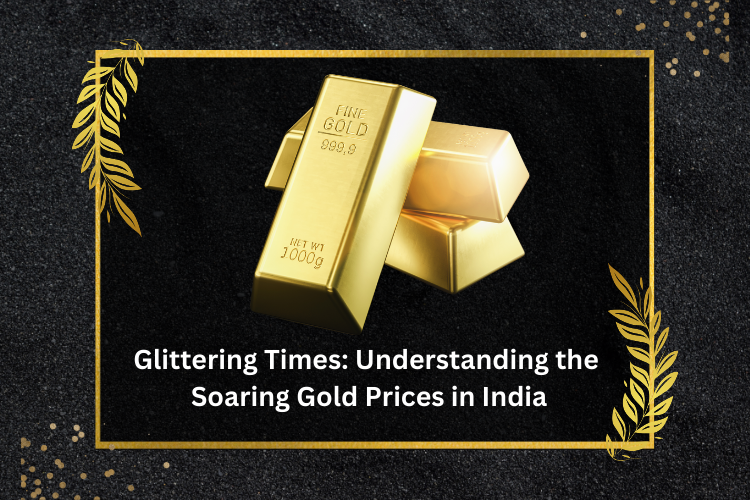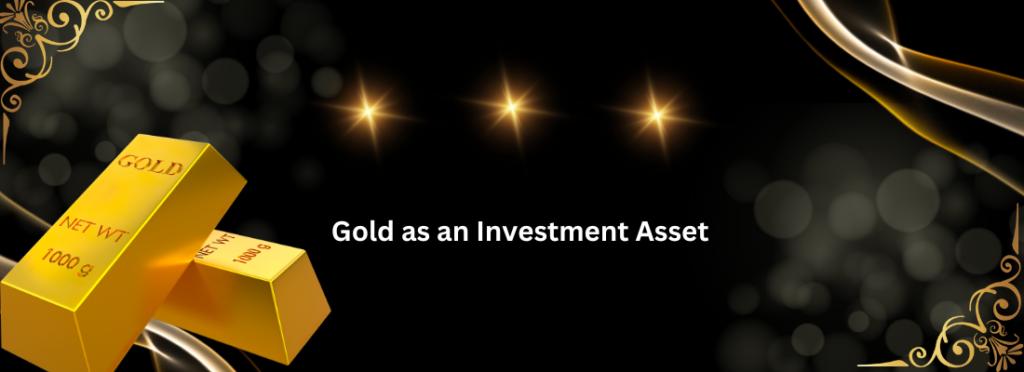
The rising gold prices in India have been making headlines lately, leaving many investors and households contemplating their financial strategies. As of March 2024, the price of 24-carat gold in India has reached a staggering ₹60,500 per 10 grams, marking a significant increase from the ₹51,000 level just a year ago. This surge has sparked curiosity and concerns among Indians, prompting the need for a deeper understanding of market trends and effective risk management.
Brief Overview of the Current Rise in Gold Prices in India
The recent upswing in gold prices can be attributed to a multitude of factors, both domestic and global. Locally, the depreciation of the Indian rupee against major currencies has played a crucial role, as gold is denominated in dollars internationally. Globally, factors such as geopolitical tensions, economic uncertainties, and inflationary pressures have fueled the demand for safe-haven assets like gold.
The Market Trends and Managing Risks Effectively
In the face of such market dynamics, it becomes imperative for investors and households alike to stay informed and proactive in managing their financial risks. Failing to navigate these turbulent times could lead to significant losses or missed opportunities. By comprehending the underlying factors driving gold prices and implementing effective strategies, individuals can better align their investment decisions with their financial goals.
Why are Gold Prices Rising?
Several key factors have contributed to the escalating gold prices in India:
- Global Economic Uncertainties: Amidst widespread concerns over looming recessions, trade tensions, and market volatility, investors have sought refuge in gold as a safe-haven asset, driving up its demand and prices.
- Inflationary Pressures: With inflation rates soaring globally, including in India, where it reached 7.8% in April 2023, gold has emerged as a hedge against eroding purchasing power and a store of value.
- Geopolitical Tensions: Ongoing conflicts and geopolitical instabilities, particularly in regions like Europe and the Middle East, have further fueled the demand for gold as a perceived safe investment during uncertain times.
- Currency Fluctuations: The Indian rupee’s depreciation against major currencies like the US dollar has made imported gold more expensive, contributing to the price surge in the domestic market.
Gold as an Investment Asset
Historically, gold has been viewed as a reliable investment asset, particularly during times of economic turmoil and market volatility. Its inherent scarcity, universal appeal, and ability to hold value have made it a popular choice for investors seeking to diversify their portfolios and mitigate risks.
According to data from the World Gold Council, global gold demand in 2023 reached 4,741 tonnes, with Indian demand accounting for a significant portion at 690 tonnes. This underscores the enduring appeal of gold as an investment asset in the Indian market.

Aligning Investment Decisions with Financial Goals
When navigating the complexities of the gold market, it is crucial for individuals to align their investment decisions with their long-term financial goals. For instance, those seeking long-term wealth preservation may consider allocating a portion of their portfolio to gold as a hedge against market volatility and inflation.
However, it is important to strike a balance and avoid overexposure to any single asset class. Diversification remains a key principle in mitigating risks and ensuring a well-rounded investment strategy.
Managing Risks and Implementing Strategies
To effectively manage risks in the face of rising gold prices, investors and households can explore various strategies:
- Rupee Cost Averaging: Instead of investing a lump sum, consider staggering gold purchases over time through a systematic investment plan, thereby averaging out the costs and mitigating the impact of price fluctuations.
- Hedging with Derivatives: Sophisticated investors may explore hedging strategies using gold futures, options, or other derivative instruments to manage their exposure to price movements.
- Portfolio Rebalancing: Regularly review and rebalance investment portfolios to maintain the desired asset allocation and risk exposure levels.
- Diversification: Spread investments across various asset classes, including stocks, bonds, real estate, and other commodities, to mitigate the risks associated with overexposure to any single asset.
Understanding the Market and Timing your Investment
While gold has traditionally been viewed as a long-term investment, timing can play a crucial role in maximizing returns and minimizing risks. Investors should closely monitor market trends, economic indicators, and geopolitical developments to identify opportune entry and exit points.
Consulting with financial advisors and conducting thorough research can aid in making informed decisions and avoiding impulsive reactions to short-term market fluctuations.
Choosing Between Physical and Digital Gold
In the Indian market, investors have the option to invest in gold through physical forms, such as jewelry, coins, or bars, or through digital platforms that offer gold-backed investment products.
Physical gold ownership offers tangibility and the potential for resale, but it also comes with additional costs for storage, insurance, and authentication. Digital gold, on the other hand, provides convenience, lower transaction costs, and easier liquidity, but lacks the tangible aspect of physical ownership.
Investors should carefully evaluate their preferences, risk profiles, and investment horizons before deciding on the appropriate form of gold investment.
Conclusion
The rising gold prices in India serve as a reminder of the dynamic nature of financial markets and the importance of proactive risk management. While gold remains a valuable investment asset, particularly during times of economic uncertainty, it is crucial to approach it with a well-informed and diversified strategy.
By understanding market trends, aligning investment decisions with financial goals, and implementing effective risk management strategies, individuals can navigate the complexities of the gold market and position themselves for long-term financial success.
Remember, investments in any asset class should be carefully evaluated and aligned with your overall financial plan and risk tolerance. Consulting with financial advisors and staying informed can help you make prudent decisions in the ever-evolving landscape of gold prices and market dynamics.
